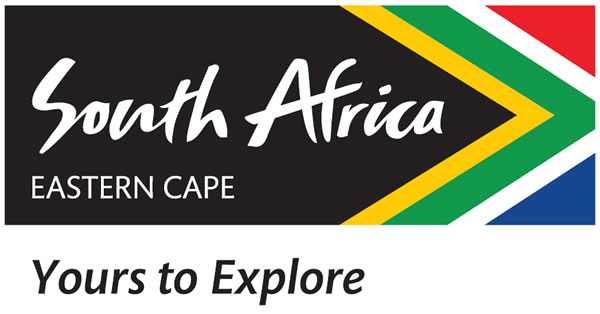Creative City Project to Spur Economic Growth in Grahamstown
Friday, 24th May 2013

GRAHAMSTOWN – Makana Municipality and the National Arts Festival have formalised a partnership which aims to establish Grahamstown as “South Africa’s Creative Capital” by the year 2020.
The partnership, which has come about after extensive consultation with the creative and tourism sectors in the city, is being led by a Steering Committee comprising representatives from the National Arts Festival, Makana Municipality, Cacadu District Municipality, Fingo Festival organisers, the provincial Department of Sports, Recreation, Arts and Culture (DSRAC) and Makana Tourism.
Grahamstown already boasts being home to the continent’s largest arts festival, as well as to institutions such as the national English Literary Museum (NELM), the National Schools Festival, visual and performing arts departments at Rhodes University, schools with strong arts programmes and numerous community-based arts projects; so the city is ideally placed to take ownership of the ‘Creative Capital’ label, the partners said.
“What we have developed now is a plan to build on the collective strength of those projects and initiatives to grow the economy of the City using our existing resources and reputation,” Festival CEO Tony Lankester, who is leading the Steering Committee, said. “Individually these projects and institutions hold their own against the best in the world. Collectively they represent a massive opportunity for the City.”
The project team will run several different project streams.
The most significant stream is aimed at stimulating Creative Entrepreneurial activity and making the City more “arts, festival and artist-friendly”. Some of the initiatives being looked at include the establishment of a ‘Created in Makana’ craft shop in town; the creation and management of a regular programme of year-round craft markets and night markets; the rehabilitation of the Fiddlers’ Green area, and the provision of new infrastructure at Fiddlers’ Green and in Church Square for hawkers.
The City’s existing bylaws as well as Festival management operations and regulations will all be looked at to ensure that Grahamstown remains a “Festival-friendly” city, providing a safe, friendly environment for artists and audiences to present, promote and advertise their work.
The Executive mayor of Grahamstown, Councillor Zamuxolo Peter, said that he was pleased to endorse the project and urged the Municipality to play its part in smoothing the way for creative industries to take hold, and to look at regulations and bylaws which will make it more attractive to festivals and other creative industries, and their sponsors, to invest in the City.
“If the Creative Sector thrives then we will all benefit as a city,” he said. “The economic growth attached to Festivals and the perception that Grahamstown is a “festival-friendly” environment is one that we need to jealously guard,” Councillor Peter said.
Another project will take steps to build civic pride in the City, in a sub-project being run by Makana Tourism Director Susan Waugh. The initiative will look at beautification of the City; litter and waste management; civic responsibility; bylaws and regulations aimed at restoring pride in Grahamstown; and steps and projects to break down the barrier between ‘east and west’.
“One of the most exciting aspects of the project is making the city more conducive to establishing performing arts companies in Grahamstown, such as the Phezulu Stiltwalkers project which was started a few years ago and which continues to perform at the Festival and at other events,” Lankester said.
Other projects that make up the initiative will look at creating an overarching “Made in Makana” brand, and taking steps to ensure sustainability of the project.
“We know that creative industries can play a huge role in revitalising and energising a city," Councillor Peter said. “You only have to look at how the Festival transforms the landscape of Grahamstown through energetic street performances, massive displays of colourful posters, and the influx of tens of thousands of audience members to realise the potential the arts has for the other 355 days a year to uplift our economy. This project aims to unlock that potential,” he concluded.
